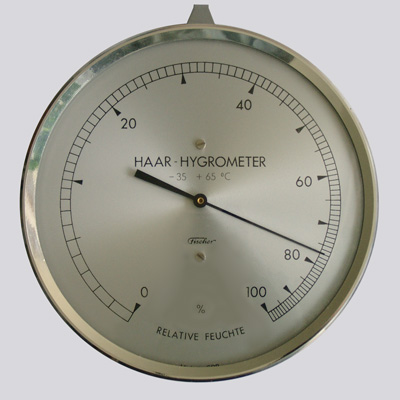Hello All,
I have put it together. And now designing a 3D print casing. many thanks for this nice tutorial.
But, I tried the precompiled weatherstation.uf2 with no positve result i.e. sensor reading stuck at 32 F and -inf% humidity. Maybe a defective sensor?
I have ordered a new DHT22-sensor to try, but otherwise I don't know the reason for this.
I am going to try compiling the source code, like Martin did. Maybe with positve result.
As I am a totall no no on C/C++ and a somewhat beginner on Python, would you please go for the MicroPython version. Thank you very much in advance.



